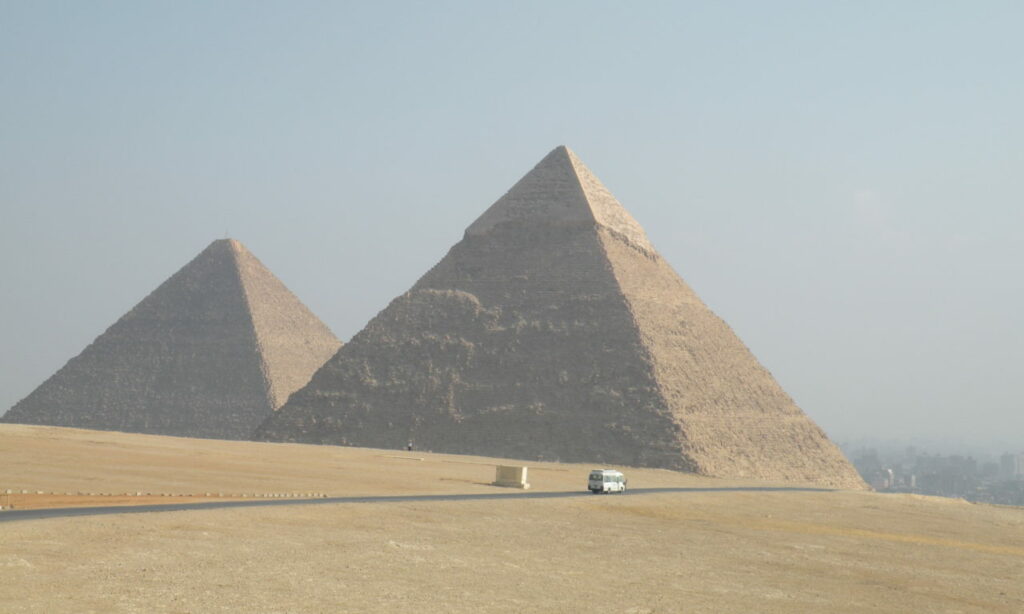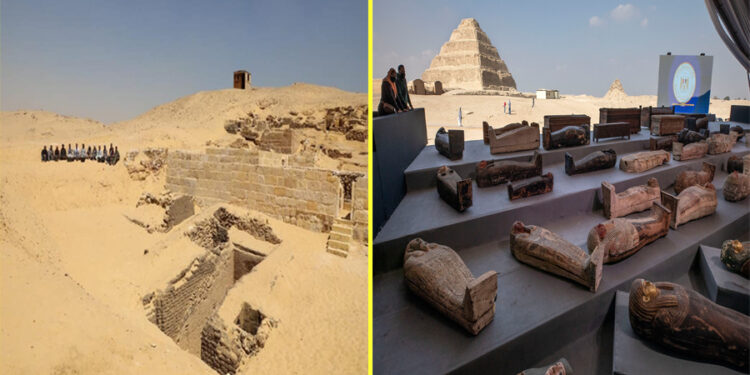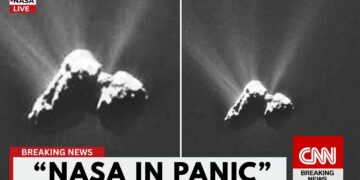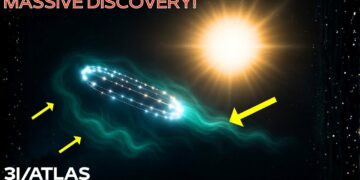This morning, the Egyptian Ministry of Antiquities revealed that a 4,500-year-old cemetery had been unearthed southeast of the famed Giza Pyramids (May 4).
The cemetery has several tombs and burials, with one of the oldest tombs containing the remains of two individuals, one named “Behnui-Ka” and the other called “Nwi.” Their coffins were discovered intact, and their bodies are most likely inside; however, no further information has been given about them. According to historians, the artifacts and hieroglyphic inscriptions in the tomb showed that the two men lived over 4,500 years ago, during the Fifth Dynasty, a period after the Giza Pyramids were completed.

According to the inscriptions recovered in the tomb, Nwi was also known as the “head of the big state,” “the overseer of the new settlements,” and “the purifier of Khafre King.” The inscriptions and titles are still being studied.

According to the archaeologists, the cemetery was re-used about 2,600 years ago, when numerous people were buried there. In ancient Egypt, tomb re-use was common practice.
According to Egypt’s former Minister of Antiquities, Zahi Hawass, the newly discovered cemetery lies near a cemetery that holds the graves of individuals who built the Giza Pyramids.
The cemetery was discovered by an Egyptian archaeological team directed by Mostafa Waziri, the Secretary-General of the ministry’s Supreme Council of Antiquities. A study at the new cemetery is being conducted, hoping for new discoveries.























